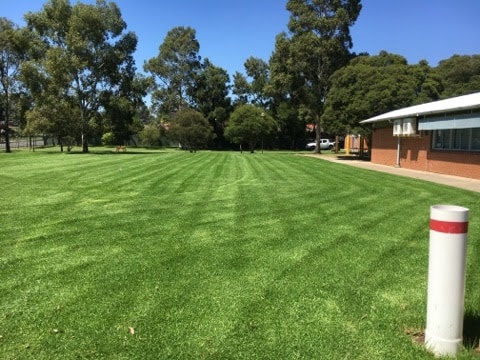Sports Fields | School Ovals | Playgrounds
Rejuvenating a tired sports field or playground doesn't have to be an expensive process. With the right soil, turf variety and maintenance program, your grounds will be effortless, ensuring you have an area that is played on more than it is worked on!
The key to a successful area is having the right soil base as this is the foundation for your area. Like all living things, turf requires some basic TLC. Below are some tips on how to rejuvenate and maintain your area to keep it.
Fertilising
Regular fertiliser will rejuvenate tired lawns by allowing for healthy root growth. Fertilising is a crucial part to the health of any lawn.
Some lawn varieties require more fertiliser than others - and it's important that the right turf variety is selected as some varieties won't stand up to the game! We recommend introducing a regular fertiliser program that includes a combination of organic based fertilisers and NPK fertiliser products. Different soil climates and area usage will determine the amount of fertiliser usage required to keep the lawn growing strong and healthy.
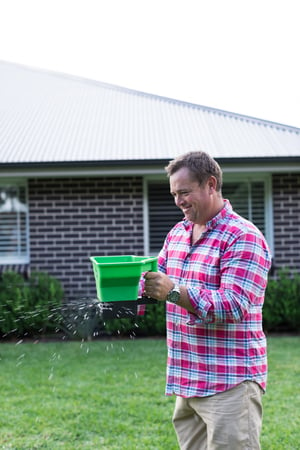
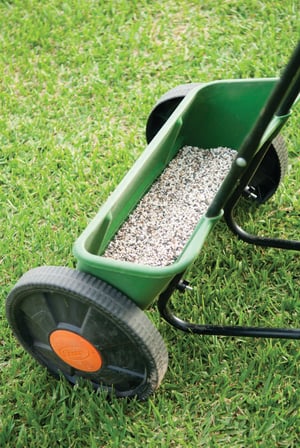
Aeration
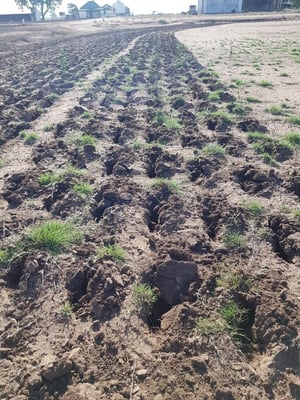
Some areas will become compacted due to the heavy and constant use of the area. These areas
will require aeration.
Aeration is used to ensure lawns do not become too compacted, making it easier for the roots to uptake and absorb moisture and nutrients.
For large areas, we recommend using specialised aerating tools that are commercially available, such as spikers which punch holes into the soil and cracks the ground's crust thereby allowing for nutrients, water and air to travel deeper into the soil. We can organise these services for you if you need them.
TIP: When aerating, fertilise afterwards as this allows fertiliser to seep into the aeration holes, ensuring that the fertiliser is used more efficiently.
Watering
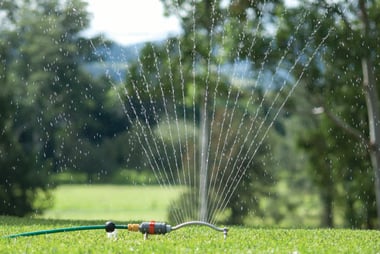
The key to a successful lawn is to ensure that the turf has deep roots, less frequent watering and more heavy soakings.
That's right, water less frequently - but with heavier soakings. This allows the water to travel deeper into the soil, giving your lawn a deep solid root system and reducing any additional stress to the lawn. It also reduces the chance of the lawn becoming too compacted which, in turn, will save you watering and fertilising as the lawn is maintaining an active root structure.
Detaching
Detaching is not always required; it depends on the amount of use the surface is getting. If the area is getting a fair bit of usage, then you will notice that the lawn will naturally appear thinner.
For these areas, we recommend a detaching at the end of every season to encourage new and healthy plant growth.
Top-Dressing
Similarly, top-dressing is not always required. Top-dressing is purely used to level out the surface, making it smoother to mow and therefore easier to maintain.
If top-dressing is required, depending on the area, we recommend using either a washed-river sand or, preferably, an organic based top-dress. A good quality organic based top-dress will still be sandy enough to allow the soil to wash into the thatch But at the same time, giving the area an organic feed.
Rotary Hoeing
.jpg?width=381&name=bobcat_digging%20(edited-Pixlr).jpg)
At the end of the season, areas that have a fair bit of plant structure, but are just looking tired and worn out from the playing season, can be rotary-hoed. This will chop the healthy plant into sprigs, allowing it to be spread throughout the soil base.
These areas require 20-30mm Australian-standard organic compost, to be rotary-hoed into the existing soil. These plants will regrow and recover the area bigger and better than before!
Note though, if you're doing this you will need to factor in that your area will be out of use for approximately 18 weeks, and any new germinating weeds will need to be controlled so that they do not contaminate the area.
Conclusion:
These are simple, cost-effective ways to rejuvenate your lawn. By following these steps, you're ensuring your surface is played on for the whole season! And in some cases, it will prevent re-patching the surface in high-wear areas such as the goalmouth.
In order to have an area that is easy to maintain like the above, it is important that the right variety of turf is chosen for the area. If you find your area struggling deeply every sports season - and even in between - it may be time to review your area and identify what is going wrong.
Is it the soil?
Is it the turf variety?
Is it the maintenance program?
Download Returfing Sports Field & School Ovals Best Practice Guide:
Download our Returfing Sports Fields & School Ovals 2019 Best Practice Guide and consider if a review is right for you. Click on the image below to get your Guide; and remember, we're here to help you get the best out of your lawn, so please do get in touch if you'd like some advice - or a second opinion!


